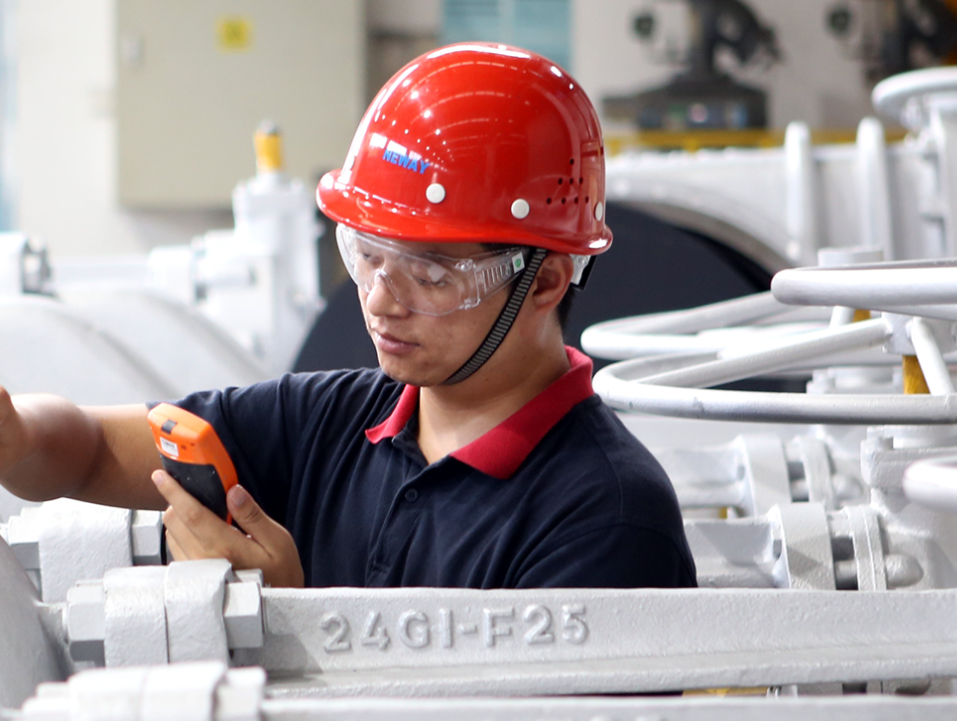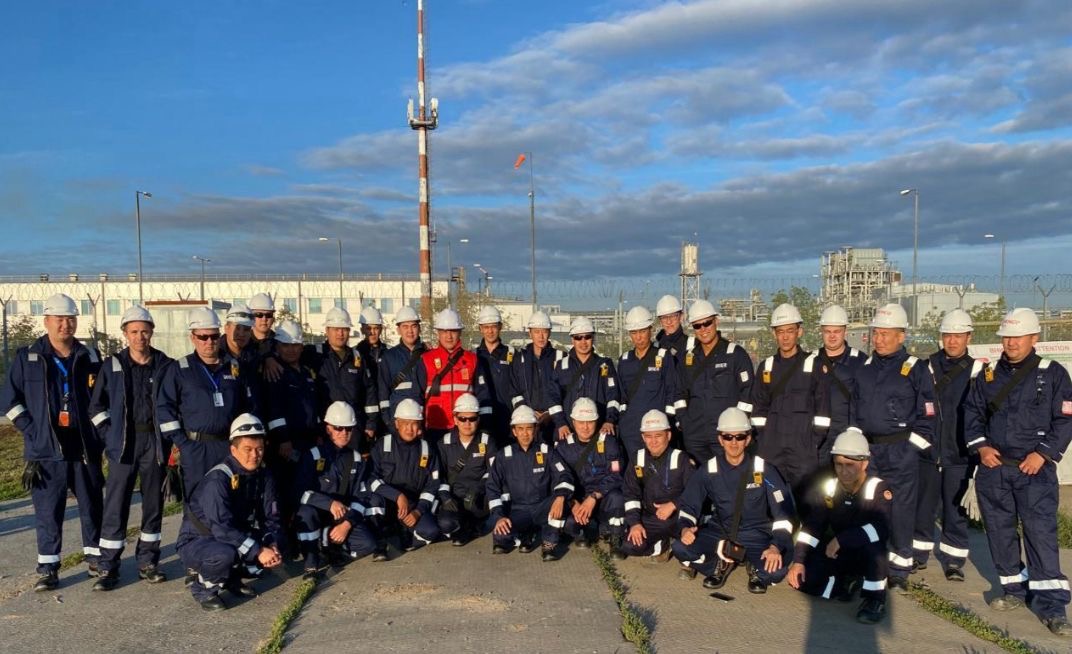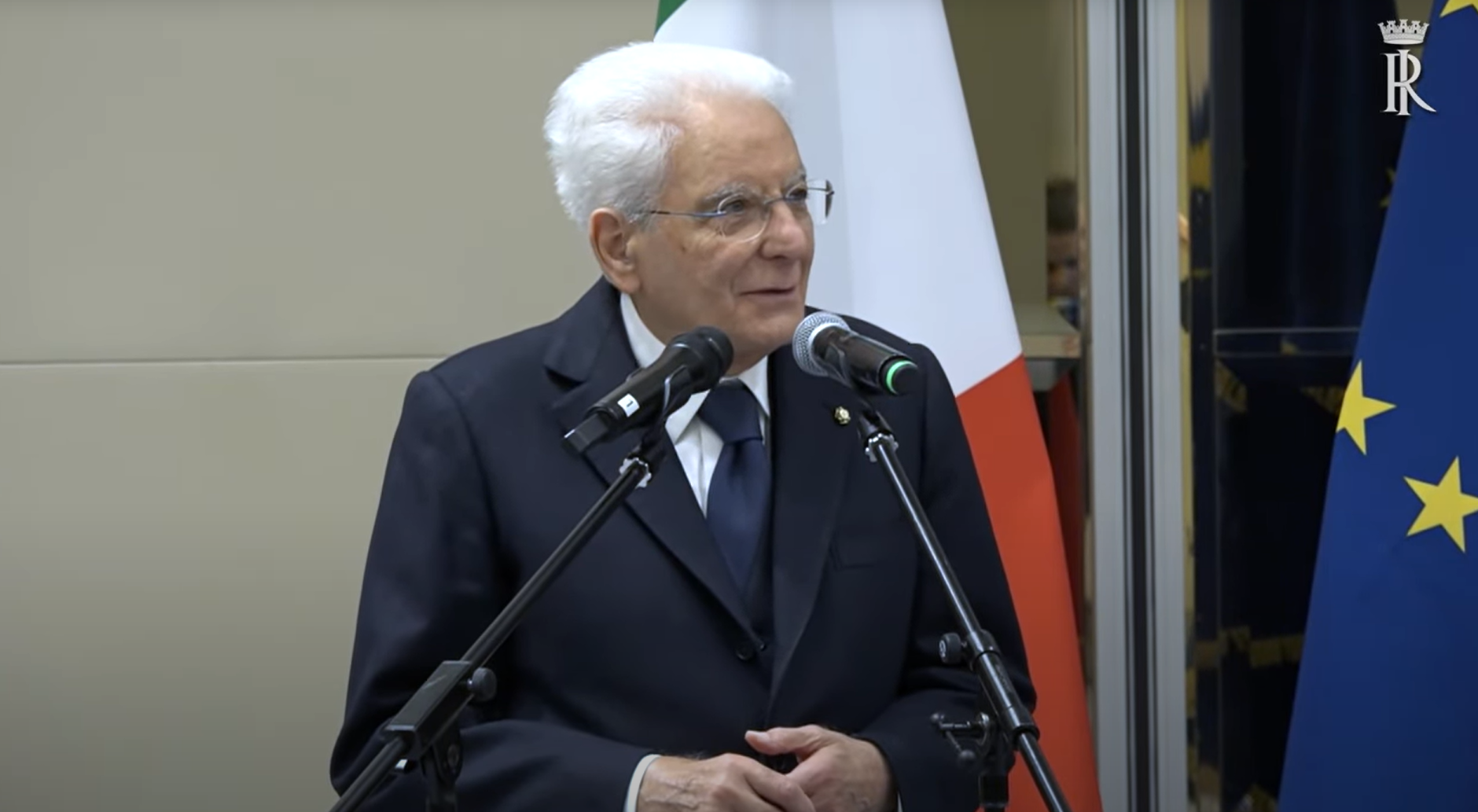Beyond the Job Title: Professional Stories and Insights
Dear Readers, welcome to this new section!
Let me introduce myself: my name is Raffaele Parola, I am 23 years old, and I am a young, enthusiastic pilot. For the past two years, I have worked as a “First Officer” on the Airbus A320 and A321.
In this section, I want to share my perspective on various aviation topics. My aim is to bring you closer to the cockpit, helping you understand what happens behind the controls, while also encouraging discussions about how we can make aviation safer and more efficient.
After some consideration, the owner of this page, Mr. Marco Beretta, and I decided to explore one topic per month. Each topic will be divided into two to four articles, published either weekly or every two weeks, depending on the subject.
Since winter is aready in full swing, I thought it would be fitting to start by talking about Cold Weather Operations. This topic will be divided into two articles:
Pre-Flight Preparation and Procedures and In-Flight Procedures. At the end of each article, I’ll give my personal opinion on how these operations can be improved.
Let’s begin with Pre-Flight Preparations: De-Icing, Anti-Icing, and Inspections.
Winter weather puts a strain on every aircraft system, and pilots must fully understand the procedures and tools available to handle these challenges. Here, we’ll go step by step through the technical details and processes required to ensure safe and efficient operations.
Aircraft surfaces must be completely free of snow, ice, or frost beforetakeoff. Even a small amount of ice can disrupt the airflow over the wings, reducing lift and increasing drag. A thin frost layer can also increase fuel consumption during the climb and lower the angle of attack at which the plane stalls. This makes the stall speed higher and more unpredictable. For the Airbus A320, both Airbus guidelines and company policies provide clear instructions on when and how to de-ice and anti-ice the aircraft.
One principle I always keep in mind during winter operations is:
“When in doubt, act!” If you’re not sure whether de-icing is necessary, it’s always safer to do it than to take risks.
De-Icing and Anti-Icing Procedures
De-icing involves removing snow, ice, or frost from critical surfaces like the wings, stabilisers, and control surfaces. This is typically done with heated Type I fluids. The effectiveness of these fluids depends on how they are applied and the current weather conditions.
After de-icing, it’s crucial to check that the surfaces are clean. This can be done visually, either from the cockpit and cabin windows or by ground personnel.
If freezing rain or snow continues to fall, anti-icing is performed immediately after de-icing. Anti-icing fluids, such as Type II or IV, leave a protective layer on the aircraft surfaces that prevents new ice from forming. This process, often called the “two-step procedure”, ensures that the plane is protected for a limited time on the ground.
As pilots, we rely on the concept of Holdover Time (HOT). This is the period during which the anti-icing fluid remains effective, preventing ice or snow from accumulating. HOT depends on factors like the type of fluid, outside temperature, and the intensity of precipitation. Tables in the company Operations Manual or the Airbus Flight Crew Operating Manual (FCOM) guide us in calculating HOT.
If the holdover time expires before takeoff, the plane must be re-inspected and possibly de-iced and anti-iced again. This can be time-consuming and requires good coordination between the flight crew and ground staff.
Pre-Flight Inspection
Before de-icing and anti-icing, we conduct a thorough pre-flight inspection to make sure the aircraft is safe for operation.
This inspection, often called the “walk-around”, is carried out by the Pilot Monitoring (PM). On Airbus aircraft, this happens just before the cockpit preparation phase, which is the second step in the Airbus Standard Operating Procedures (SOPs). The PM is responsible for monitoring tasks and assisting the Pilot Flying (PF) during the flight.
During winter, pilots must follow additional Supplementary Procedures, which depend on the day’s weather conditions. These
extra steps are performed on top of the standard procedures to ensure the aircraft is ready for cold weather challenges.
During the walk-around, the PM focuses on key areas:
- Engines and APU: Ice inside the engine inlets or the Auxiliary Power Unit (APU) can cause serious damage. We check these areas carefully, ensuring the engine fans can spin freely. Using a flashlight is helpful, especially in low light or snowy conditions.
- Probes and Sensors: Systems like the Pitot tubes, angle-of-attack vanes, and temperature sensors must be clear of ice. These components are essential for accurate speed and altitude readings. On the A320, many of these sensors are heated, and we activate the heating systems early in the Preliminary Cockpit Preparation phase.
How can we optimize it and make it safer?
There are several ways to enhance the efficiency and safety of cold weather operations. For flight crews, continuous training is essential to ensure they are fully prepared to manage winter conditions effectively. Airlines must also provide clear and concise documentation with unambiguous guidance on when and how to implement supplementary procedures. This can be achieved through the publication of dedicated operational manuals or guidelines tailored to winter operations.
Additionally, to improve the efficiency of de icing and anti-icing procedures while minimizing costs and environmental impact,
airlines should invest in modern technologies and collaborate closely with airport authorities. By refining procedures and streamlining operations, it is possible to reduce the time required to de-ice and clean the aircrafts, ensuring both safety and operational efficiency.
This concludes the first part of our discussion on cold weather operations. In the next article, we’ll move on to In-Flight Procedures, where we’ll explore how to manage icing risks during flight, optimise performance, and ensure safe landings in winter conditions.
Stay tuned, and as always, fly safe!

 Meet the Associate | ACIK Stories: FBM
Meet the Associate | ACIK Stories: FBM
 TECNIMONT reassures: “Our projects in Kazakhstan are proceeding as planned”
TECNIMONT reassures: “Our projects in Kazakhstan are proceeding as planned”
 Meet the Associate | ACIK Stories: Neway Valve
Meet the Associate | ACIK Stories: Neway Valve
 Meet the Associate | ACIK Stories: Azurite Logistics
Meet the Associate | ACIK Stories: Azurite Logistics
 Meet the Associate | ACIK Stories: KZ Protection Group
Meet the Associate | ACIK Stories: KZ Protection Group
 ACIK and President Marco Beretta Take Center Stage in Rome Meeting with Kazakhstan’s Minister of Foreign Affairs
ACIK and President Marco Beretta Take Center Stage in Rome Meeting with Kazakhstan’s Minister of Foreign Affairs
 Meet the Associate | ACIK Stories: AER
Meet the Associate | ACIK Stories: AER
 President Mattarella in Astana: A Renewed Bond with the Italian Community and Kazakhstan
President Mattarella in Astana: A Renewed Bond with the Italian Community and Kazakhstan